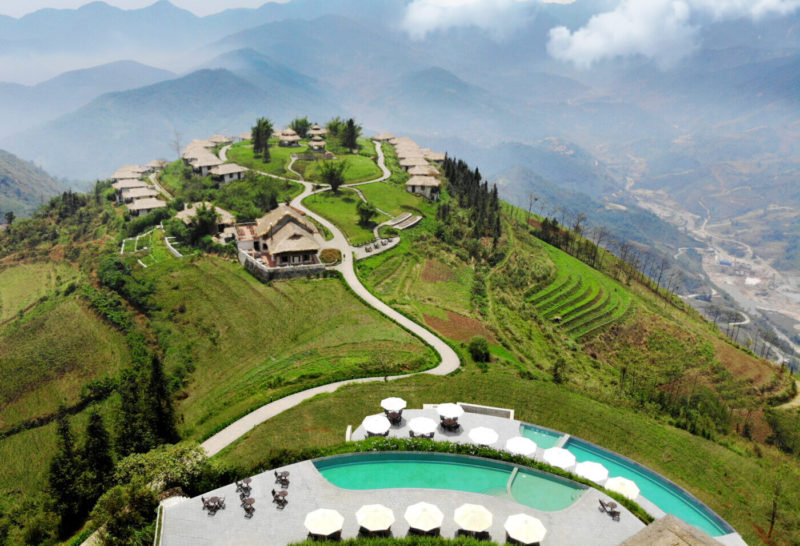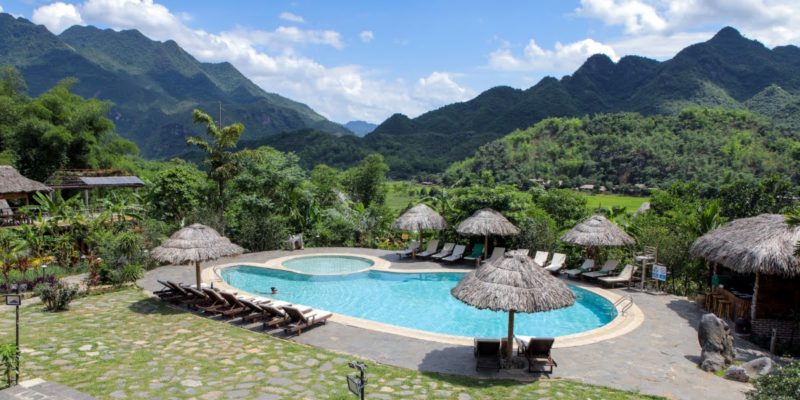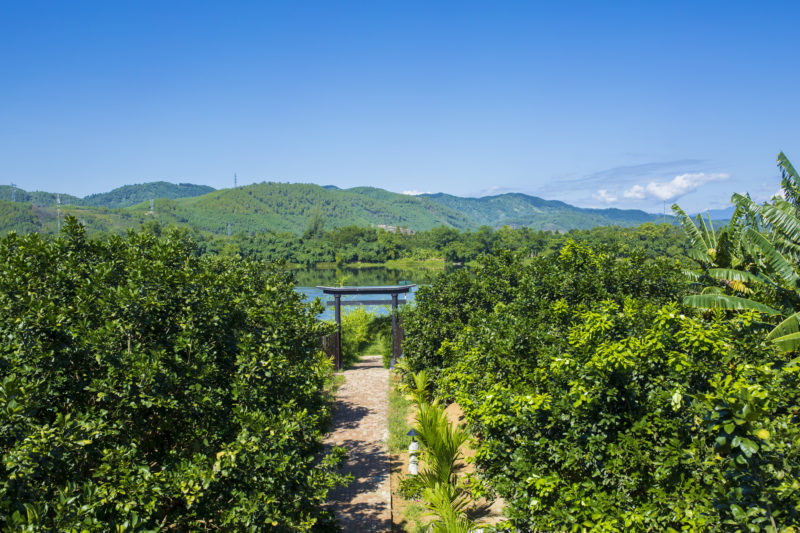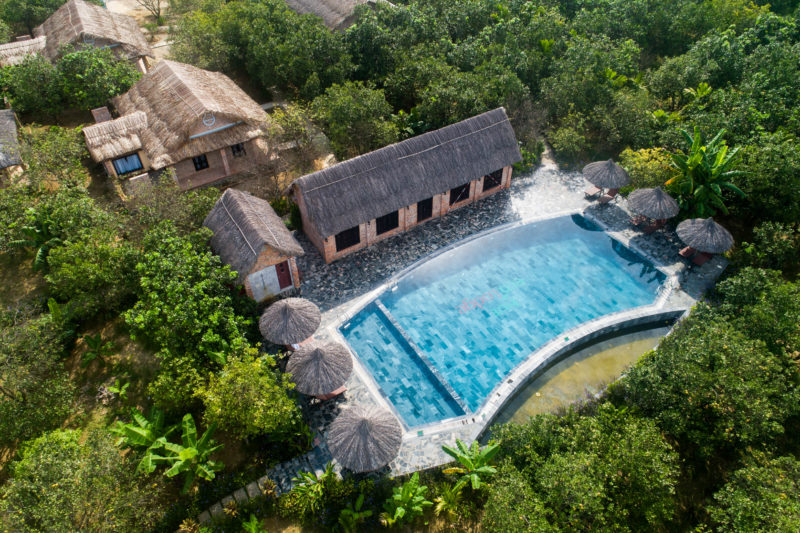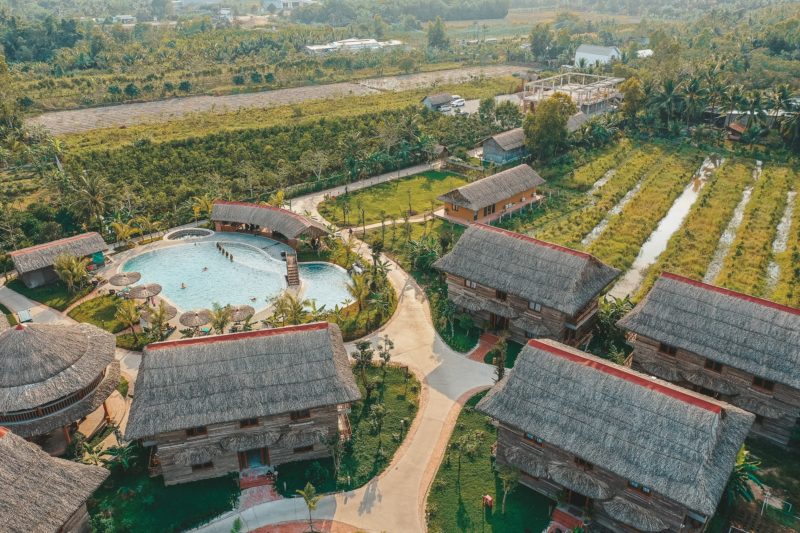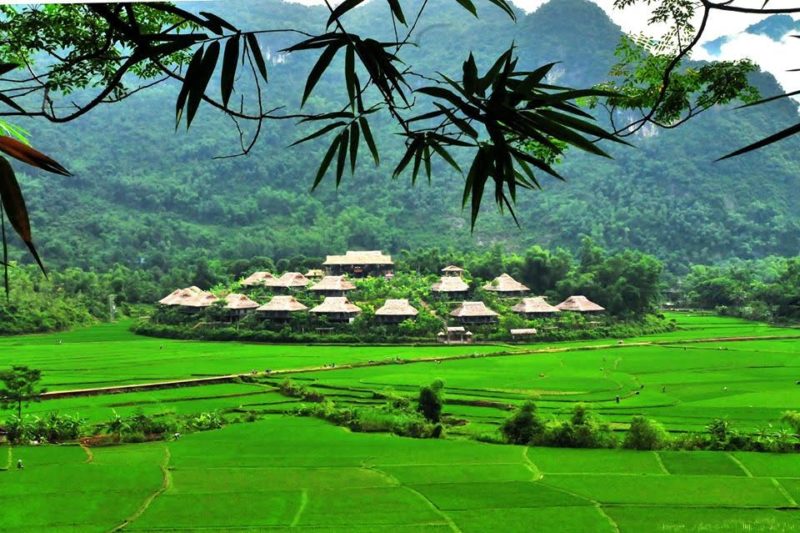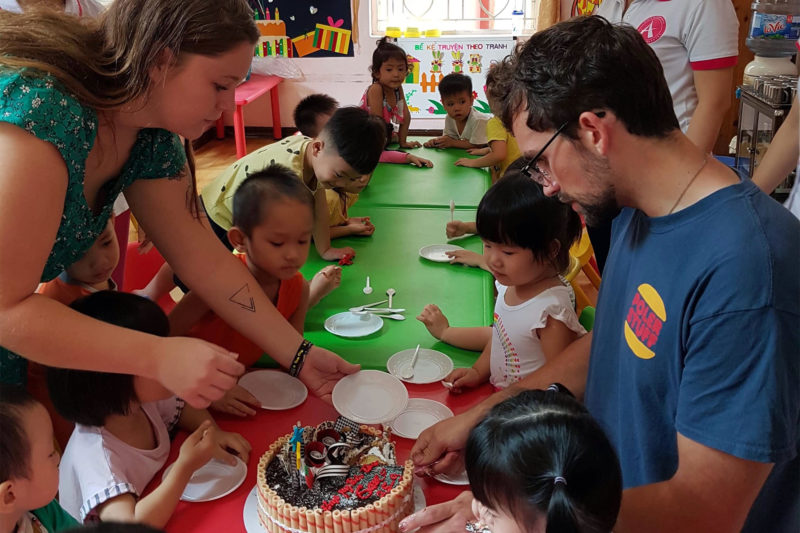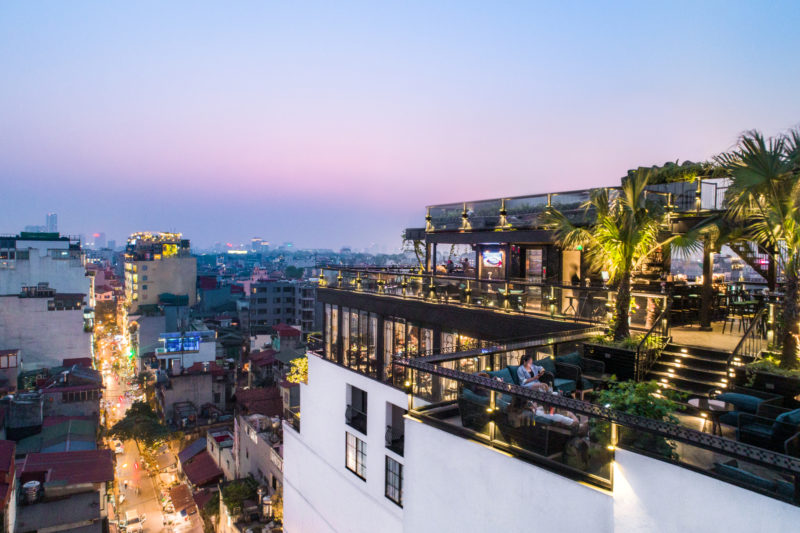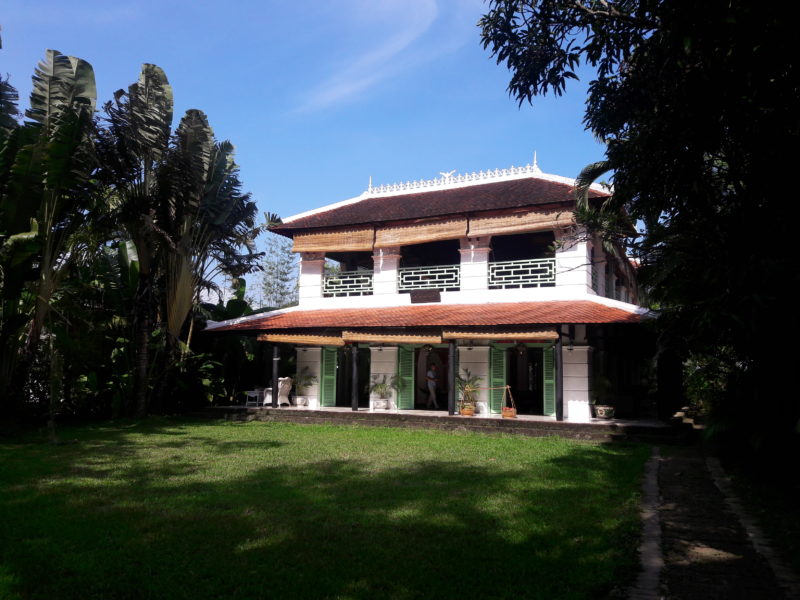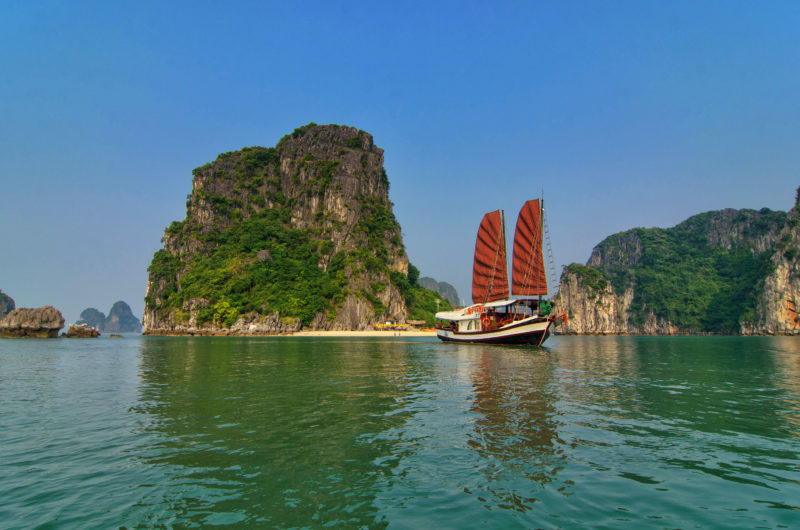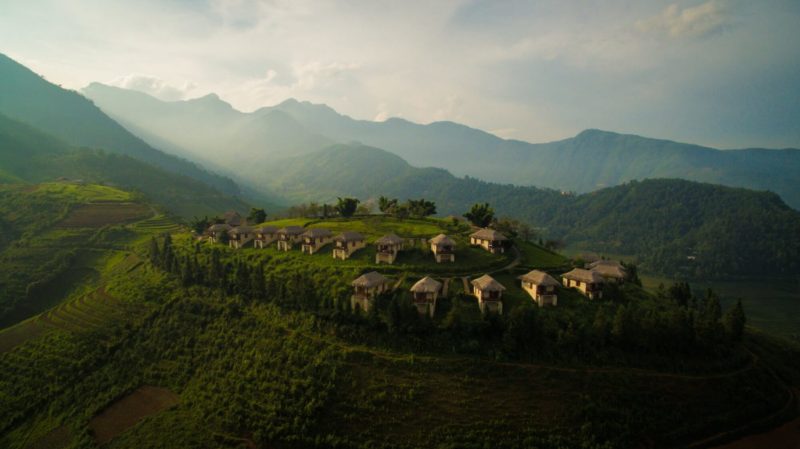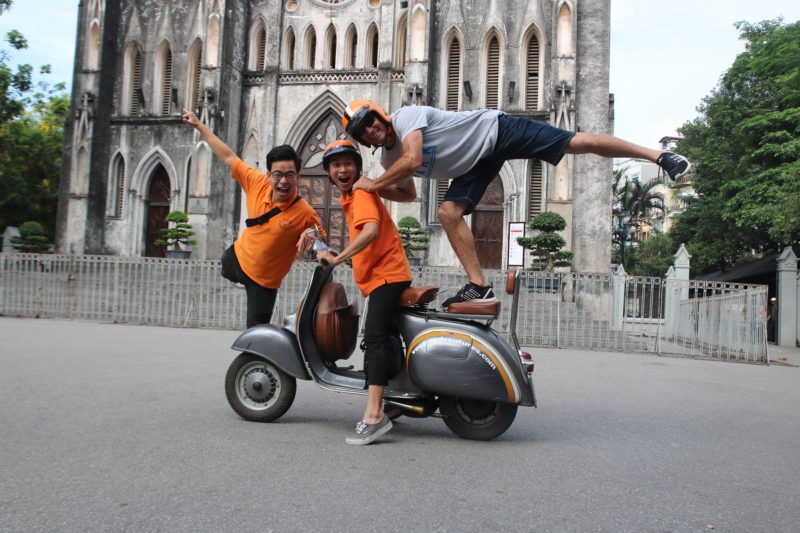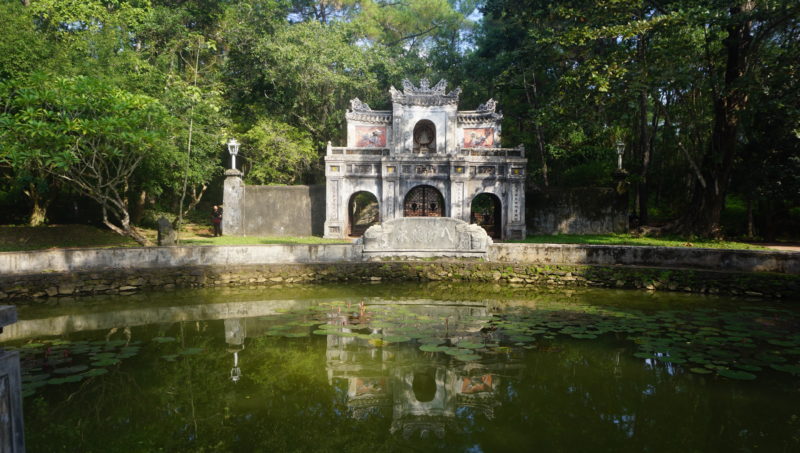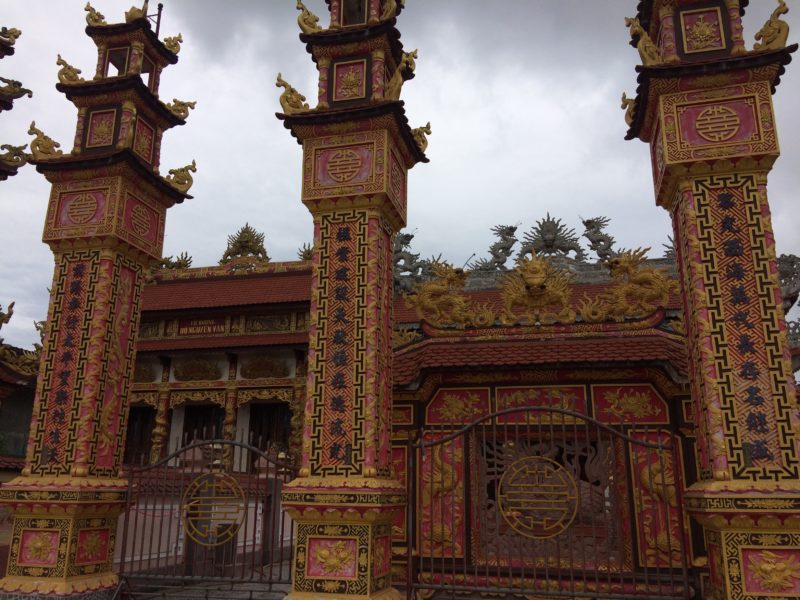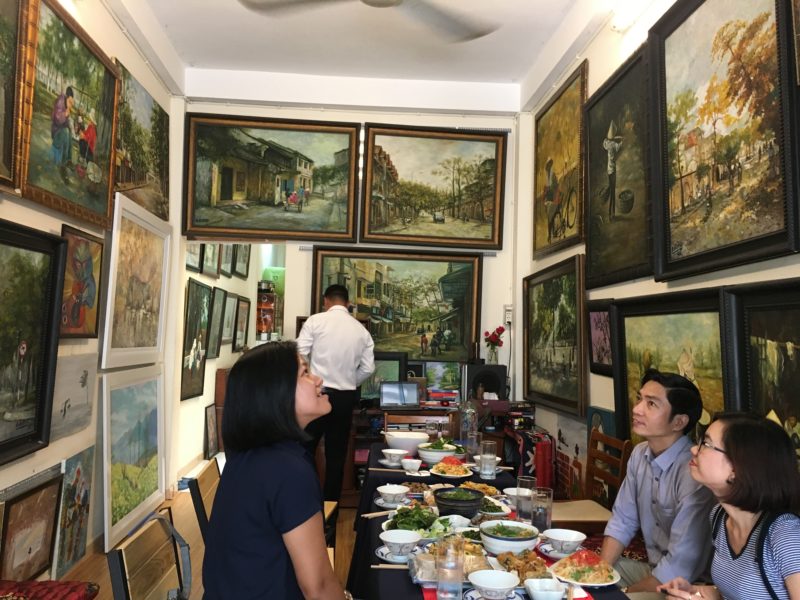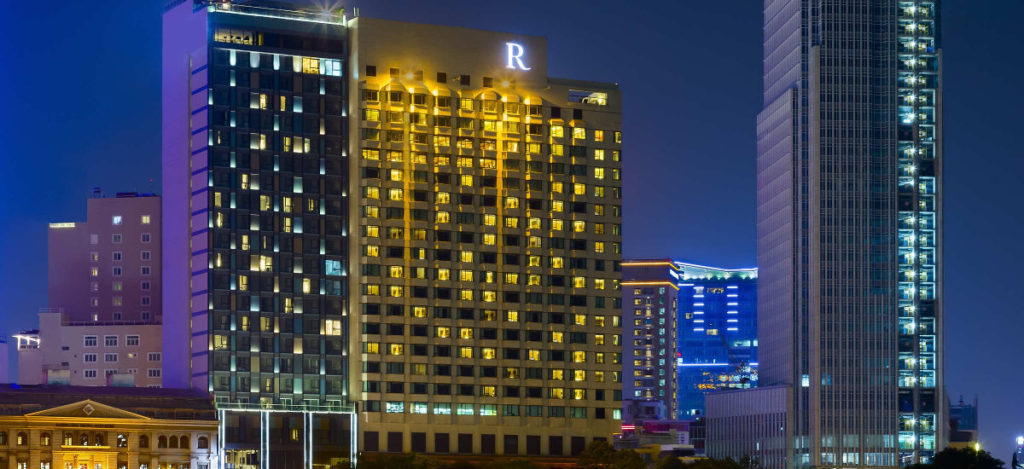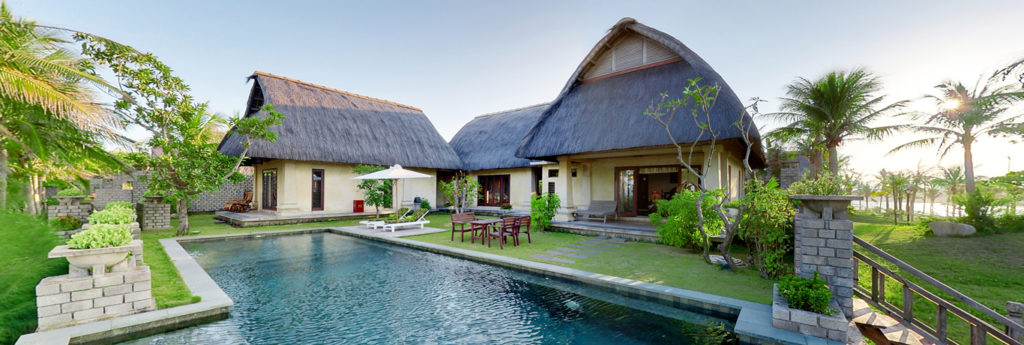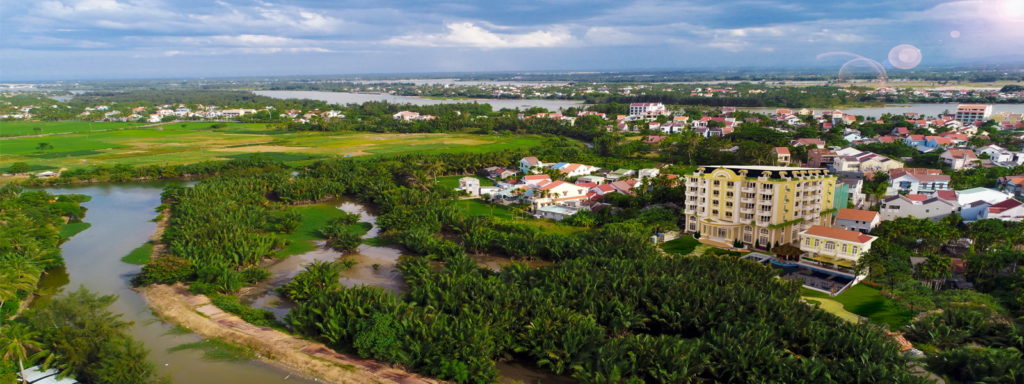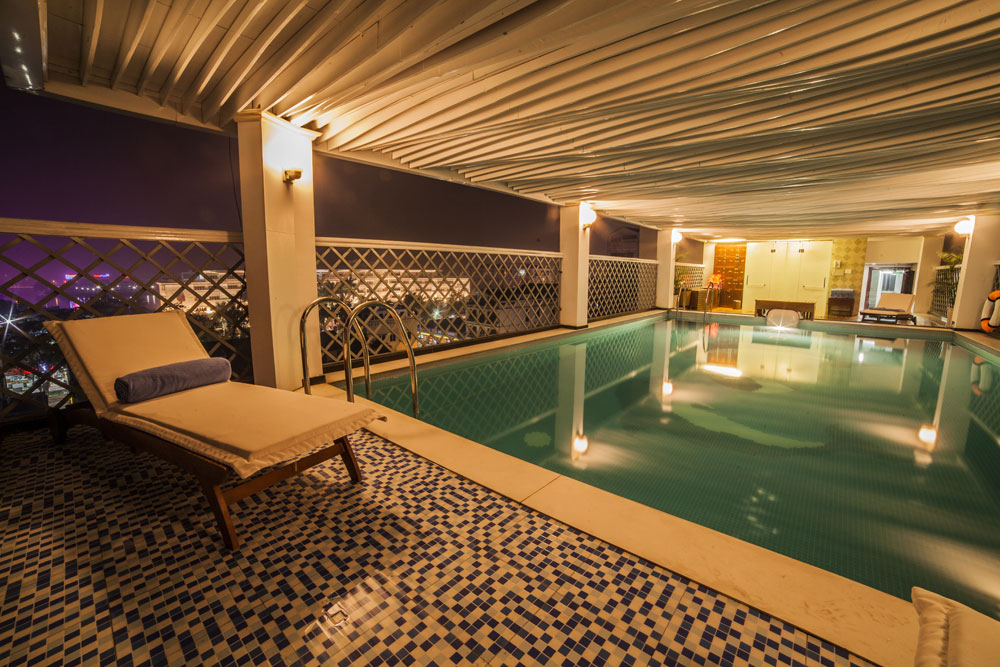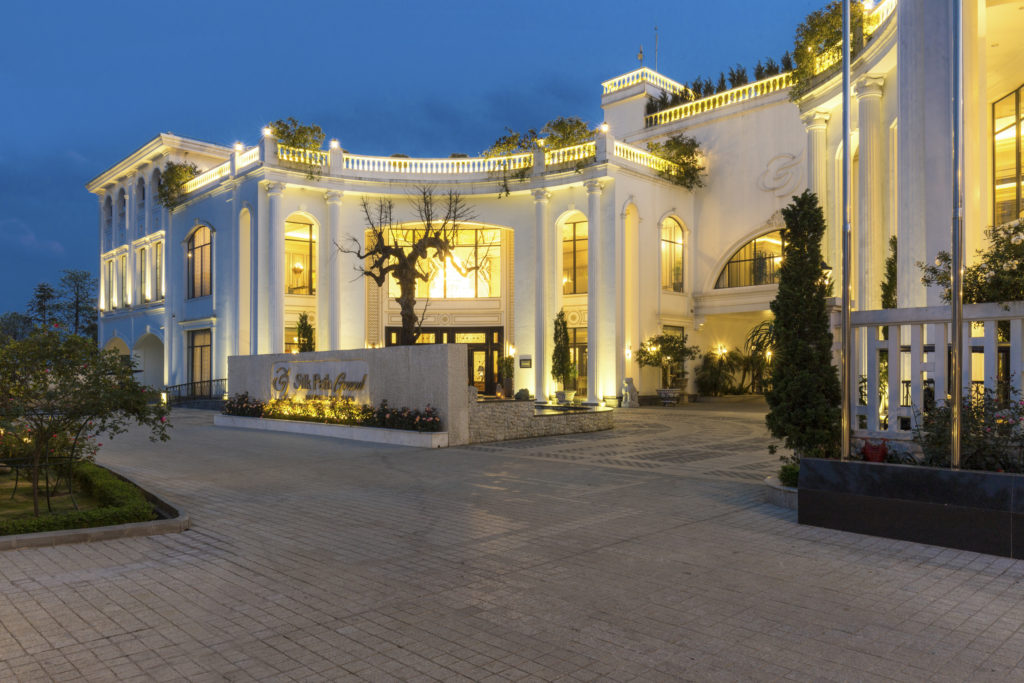Quick Facts
| Name | Socialist Republic of Vietnam |
| Population | 92 million |
| Capital | Hanoi |
| Language | Vietnamese |
| Currency | Vietnamese dong (VND) |
| Time Zone | UTC +07:00 |
| Flag |
|
Climate
Due to the length of the country, Vietnam’s climate varies from region to region. On average, temperatures range from 22°C – 27°C year-round and the weather can be described as generally warm and humid. Although temperatures don’t vary much in the southern parts of Vietnam, the northern areas can get quite cold during the winter.
Tropical monsoons can be expected between October to April in the centre of Vietnam and from May to September in the north and south. Outside of these rainy seasons it remains almost completely dry.
Culture
Although Vietnamese culture is rooted in the ancient indigenous Dong Son culture with wet rice agriculture as its economic foundation, certain aspects of its culture have Chinese influence, and, of more recent times, the country has been exposed to Southeast Asian, European and American culture and media.
Having said this, it is safe to say that Vietnam has not yet absorbed much Western cultural influences particularly when compared to some of its neighbours.
Gastronomy
Vietnamese cuisine is heavily influenced by the Asian principle of 5 elements which correspond to the five elements: wood (sour), fire (bitter), earth (sweet), metal (spicy) and water (salty). This yin and yang principle is an art of balance to make the food beneficial to the body.
Traditional Vietnamese cooking is known for its fresh ingredients, minimal use of oil, plentiful use of herbs and vegetables and what’s more, it is considered one of the healthiest cuisines worldwide.
Typical dishes might include rice vermicelli noodles, jasmine rice, dried shrimp, fish sauce, hoisin sauce, sesame seeds, bean sprouts and the list goes on!
Transportation
There are plenty of transport options in Vietnam and it is, on the whole, quite cheap to move around.
By Plane
Vietnam has 21 airports. Prices do vary depending on when they are booked but it is still a cheap option and the best way to travel quickly over long distances.
By Bus
A common way to travel for longer distances (locally, taxis are usually the preferred option). You should try and buy tickets from the bus stations where possible as then the price will be fixed and reasonable. If tickets are bought during the journey, you run the risk of being overcharged
By Taxi
Taxis are mostly metered and very cheap. They are the most popular way to get around in the towns/cities especially with luggage!
By Rickshaw (Cyclo)
Practical way of getting around but not so good with luggage. You will need to bargain a price beforehand.
By Motorbike taxi (Xe Om)
Similar to the Cyclos. Make sure to set a price beforehand to avoid being overcharged.

